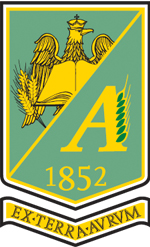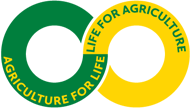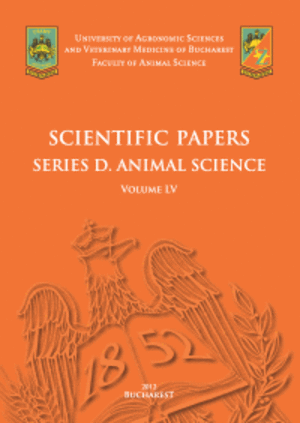Published in Scientific Papers. Series A. Agronomy, Vol. LXVIII, Issue 1
Written by Nikolay KOLEV, Mihaela IVANOVA, Desislava VLAHOVA-VANGELOVA, Alexander BALABANOV, Yulian TUMBARSKI, Milena DIMITROVA-DICHEVA, Francesco VIZZARRI, Lubomir ONDRUSKA
The rose petal from Rosa damascena Mill. are often associated as a source of compounds with antioxidant activity and antimicrobial properties. The rose oil-bearing industry is generating enormous quantities of by-products with a potential to become part of the circular economy. Therefore, we aimed to produce an extract from the spent rose petals (SRPE) by-water: ethanol (70:30) extraction, followed by concentration and freeze drying. The phenolic profile evaluated by HPLC showed a presence of Gallic, Protocatechuic, p-Coumaric acids and Rutin. Also, the organic acid such as Ascorbic, Malic, Tartaric and Oxalic were found. The obtained extract exhibited a strong antioxidant activity evaluated by the radical scavenging activity against DPPH and ABTS radicals, metal chelating capacity against transition metal and oxygen and hydroxyl radical absorbance capacity (ORAC and HORAC). In addition to antioxidant activity, the extract manifested an antimicrobial activity against most of the pathogens responsible for food poisoning. The minimum inhibitory concentrations of rose extract for yoghurt and probiotic starter cultures were evaluated.
[Read full article] [Citation]




